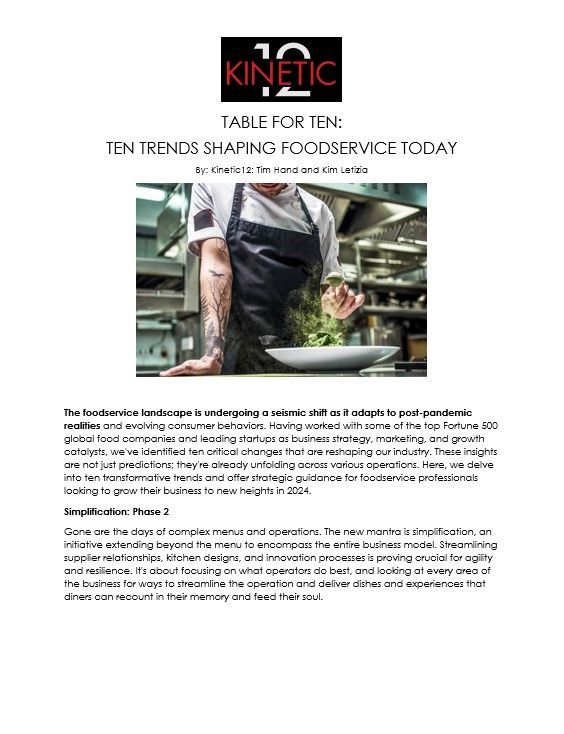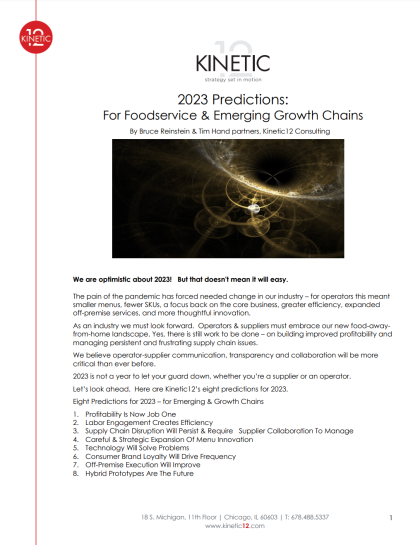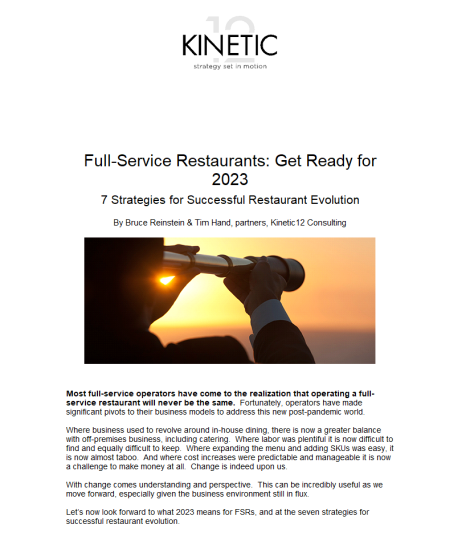Sips That Sell: Why Beverage Innovation Is the Strategy to Watch in 2025
Introduction: A Category Reimagined
The beverage category is no longer riding shotgun—it’s in the driver’s seat of foodservice innovation.
Once considered a reliable but unremarkable part of the menu, beverages have evolved into a strategic lever for growth, differentiation, and engagement. They’re portable, profitable, and endlessly customizable. But more than that, they’re emotional. Beverages are experiences served in a cup, shared online, and savored in moments that build brand connection.
In 2025, we’re seeing beverages take on new roles. They’re becoming the face of the brand, the hero of limited-time offerings, the driver of cross-functional collaboration between culinary and marketing, and the spark behind viral moments on social media. Whether it’s a protein-powered smoothie that fuels a health journey or a whimsical, nostalgic “freakshake” that fuels an Instagram post, beverages are meeting consumers exactly where they are—functionally, emotionally, and culturally.
In a climate where operators are pressured to deliver innovation without operational burden, and where consumers demand both value and novelty, beverages offer the rare trifecta: ease of execution, high margin potential, and irresistible appeal.
The message is clear: Don’t overlook what’s in the cup. It may just be the most strategic part of your menu.
The 5 Beverage Trends That Matter Most in 2025
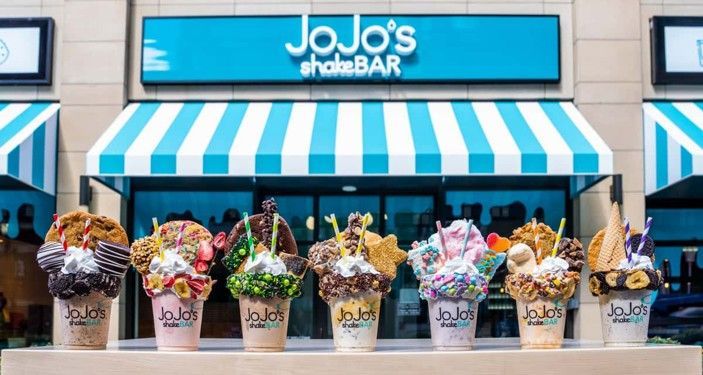
🧁 1. Nostalgia Never Dies
From comfort to craveability, yesterday’s favorites are fueling today’s innovation.
In a world that feels increasingly uncertain, nostalgia is the emotional currency that never loses value. Consumers are seeking familiarity, joy, and a touch of whimsy in their food and drink choices—and beverages are the perfect canvas.
Think: milkshakes piled high with whipped cream and cereal bits, dessert-inspired smoothies that recreate the magic of after-school snacks, and slushies with throwback flavors like blue raspberry or cotton candy.
But this isn’t about replication—it’s about reinvention. Operators are modernizing nostalgic beverages with better-for-you formats, Instagram-worthy aesthetics, and premium ingredients. These drinks hit the sweet spot between indulgence and cleverness, creating powerful consumer connections without menu disruptions.
Opportunity Zones:
- Freakshake platforms for QSR or casual dessert menus
- Seasonal retro menus (e.g., “Summer Camp Sips”)
- Adult nostalgia (alcohol-infused versions or elevated formats)
- Tapping into ‘90s/2000s flavors: Tang, Dunkaroos, birthday cake
Strategic Value:
Resonates emotionally, delivers upselling potential, and serves as highly shareable menu features that drive social buzz and occasion-based visits.
Data Spotlight:
Based on Kinetic12’s Q4 and Q1 operator research, beverages ranked among the top new revenue streams that operators plan to introduce in 2025, driven by their portability, emotional relevance, and high-margin potential.
— Kinetic12 Consulting, EMERGENCE Report Q4/Q1
🌏 2. Asian Inspiration
East-meets-West flavor fusion is moving from niche to mainstream.
Asian flavors have taken center stage across foodservice menus, and beverages are no exception. Dragonfruit, lychee, Thai tea, matcha, yuzu, and ube are no longer limited to bubble tea shops—they’re popping up in smoothies, slushies, and lemonades at major chains.
This trend is driven by younger consumers who crave cultural exploration, visual excitement, and layered flavor experiences. It’s not just about the flavor—it’s about the story behind the flavor that enhances perceived value.
Offering these ingredients in Western formats (like sparkling sodas or iced teas) lowers the barrier to entry while adding adventure to the everyday experience.
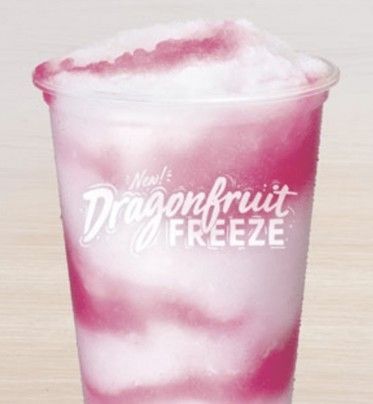
Opportunity Zones:
- Yuzu + mint lemonades for summer refresh
- Thai tea refreshers or Thai coffee for daypart expansion
- Ube + coconut milk smoothies as a vibrant vegan option
- Dragonfruit fizz slushies or spritzes for eye-catching LTOs
Strategic Value:
Delivers global relevance, trend-forward flavor systems, and built-in differentiation while appealing to Gen Z’s curiosity and demand for cultural authenticity.
Source:
Datassential reports that matcha, yuzu, and lychee are among the top-performing emerging ingredients, especially among younger consumers seeking global experiences.
🎉 3. Taste + Texture Mashups
Drinks that offer a sensory experience are winning hearts—and camera rolls.
We eat with our eyes—and sip with our senses. Taste is no longer enough to stand out in a competitive beverage market. Texture has become a key dimension of delight, with customers gravitating toward drinks that offer chew, crunch, cream, or surprise.
Boba pearls, popping juice balls, jelly cubes, cookie crumbles, nitro foam, and fizzy bases are giving beverages a whole new playbook. Consumers love being able to customize textures—adding an interactive, multi-sensory appeal that makes every sip feel like an experience.
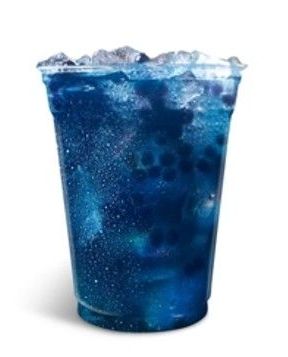
Opportunity Zones:
- Build-your-own texture menus: foam, boba, crunch, seeds
- Dual-texture drinks (e.g., smoothies with crunchy toppings)
- Texture as a premium tier (surcharge = margin boost)
- Innovative drink carriers for layered textures (e.g., dome lids with toppings)
Strategic Value:
Encourages play among consumers, enhances perceived value, drives personalization, and improves profitability through optional add-ons.
Source:
QSR Magazine highlights the rise in textured beverages like boba teas, foam-topped drinks, and jelly mix-ins as key features consumers are willing to pay more for.
💪 4. Functional Fuel
Consumers want drinks that perform—and now, they expect them to taste good, too.
Health-conscious consumption isn’t going away—it’s evolving. Functional beverages used to live in the “health food” niche. Now, they’re accessible, craveable, and designed for broad appeal.
Today’s consumers are looking for energy, immunity, hydration, gut health, stress relief, and more—all delivered in formats that are convenient, delicious, and photo-worthy. Whether it’s a protein smoothie that fuels a workout, a matcha drink that supports focus, or a collagen refresher that’s good for your skin, these beverages
blur the line between food and wellness.
Opportunity Zones:
- Energy + immunity LTOs in cold formats (smoothies, teas)
- Sparkling prebiotic beverages or botanical-infused refreshers
- Functional kits or bundles (e.g., smoothie + shot + snack)
- Daypart-specific functional drinks (AM energy / PM calm)
Strategic Value:
Builds consumer trust, invites trade-ups, capitalizes on health-focused dayparts, and opens the door for collaborations with health & wellness brands.
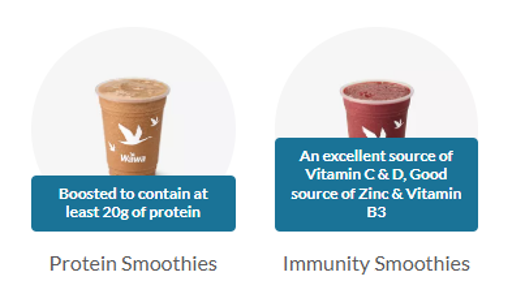
📸 5. Brand Splash & Social Buzz
Virality isn’t luck—it’s strategy. These drinks are designed to get noticed.
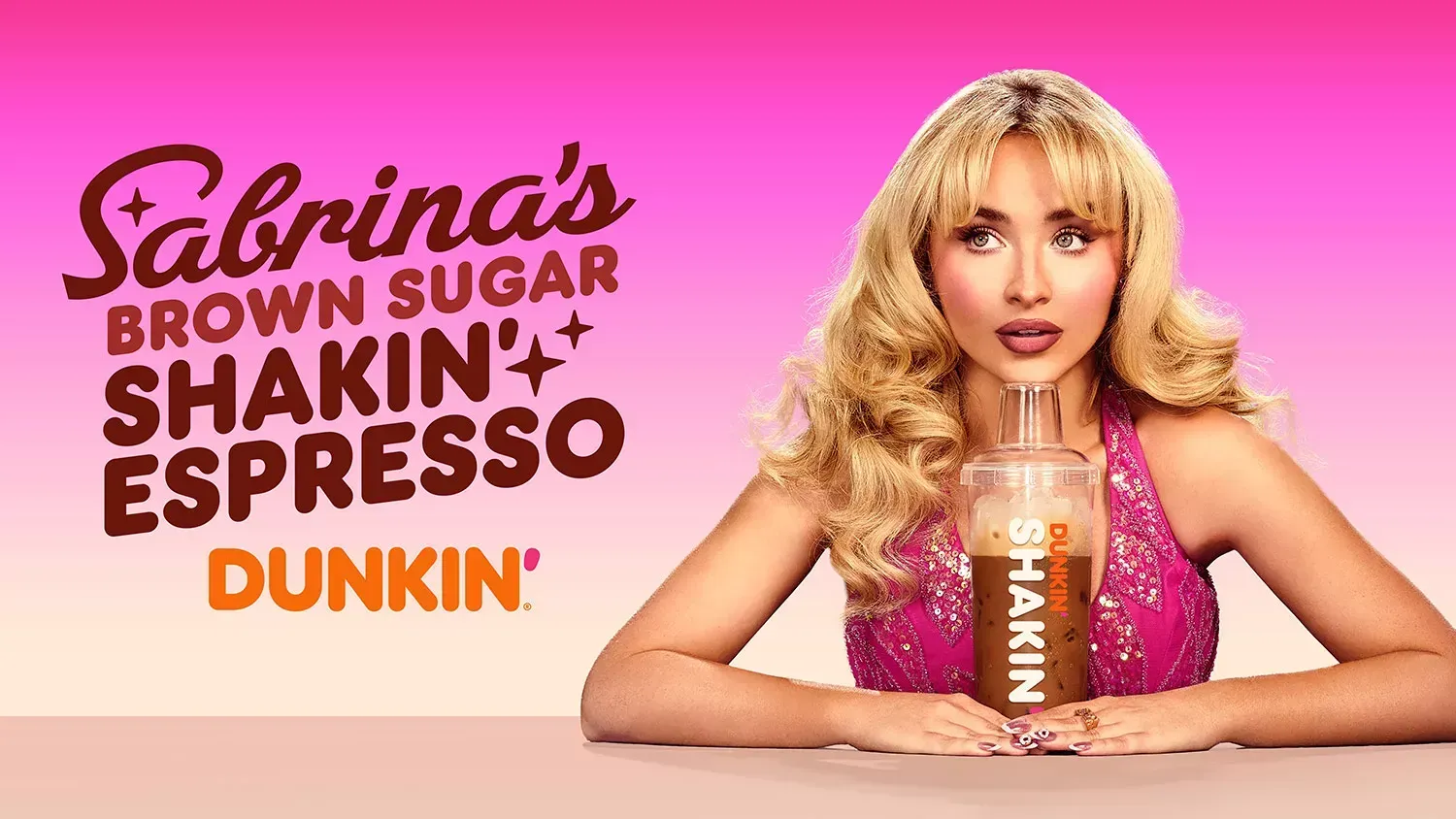
The most successful beverage launches today don’t start with the drink—they start with the story. Whether it’s a movie tie-in, a limited-time influencer collab, or a “secret menu” TikTok sensation, the most buzzworthy drinks are built to be shared before they’re even sipped.
Color, drama, foam, glitter, bold naming conventions—these aren’t gimmicks, they’re growth levers. Operators are embracing co-branded beverages, social media challenges, QR-code-access-only drinks, and visual stunts as part of their beverage innovation strategy.
Opportunity Zones:
Monthly “drop” drinks with coordinated social campaigns
Influencer-created drink lines with co-branded content
Interactive beverages (e.g., color-changing teas, flavor-transforming cubes)
Geo-targeted exclusives (available only at certain locations or regions)
Strategic Value:
Drives trial, captures content creation, boosts brand visibility, and aligns marketing, culinary, and ops teams around buzz-driven innovations.
Source:
Sabrina Carpenter's Brown Sugar Shaken Espresso—a fan-fueled, content-ready beverage that exploded on TikTok and Instagram, drawing Gen Z consumers into Dunkin’ locations in droves with its playful and cheeky tagline, “Shake my ess.”
Nation's Restaurant News: Sabrina Carpenter stars in Dunkin’ drink promotion
Final Thought: Sip With Intention
The future of food and beverage is not just about what's on the plate—it’s increasingly about what’s in the cup.
Beverages have earned their place at the center of menu strategy. They're no longer simply thirst-quenchers or meal companions; they are traffic drivers, brand storytellers, social media darlings, and revenue machines. They offer a fast pass to innovation without the friction—they’re low-labor, high-margin, endlessly adaptable, and deeply resonant with today’s consumer.
Operators that lean into beverage innovation in 2025 will unlock new revenue streams, deepen customer engagement, and differentiate their offerings in a crowded and competitive market. And for suppliers, beverages represent a fertile ground for co-creation, cross-functional selling, and long-term brand partnerships.
This isn’t just a passing trend—it’s a transformation of the way we think about growth. The most forward-thinking brands won’t treat beverages as a sidekick. They’ll treat them as a serious strategy and an investment in platform thinking, trend alignment, and consumer emotion.
So, raise your glass—to creativity, profitability, and the strategic power of what’s next—in every cup.
About Kinetic12: Kim Letizia is with Kinetic12 Consulting, a Chicago-based foodservice and general management consulting firm. The firm works with leading foodservice suppliers, operators, and organizations on customized strategic initiatives, as well as guiding multiple collaborative forums and best practice projects. They also engage as keynote speakers at operator franchise conferences and supplier sales meetings. Their previous leadership roles in restaurant chain operations and at foodservice manufacturers provide a balanced industry perspective.
Contact us to learn more about how we can help your organization through customized consulting, sales benchmarking, or through participating in our Collaborative Innovation and Emerging & Growth Chains programs.

